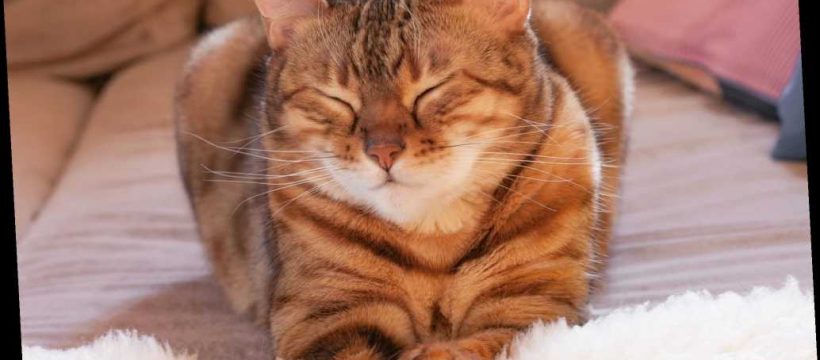Psychologists at the Universities of Portsmouth and Sussex have discovered a way for pet parents to build a rap-paw with their cats.
The new study, published October 5 in the online journal Scientific Reports, reveals that humans who use slow-blinking, eye-narrowing facial expressions mimicking a "cat smile" appear friendlier and more receptive to their feline companions.
Cats often greet humans and other animals with slow blinks to communicate affection and trust.
Professor Karen McComb, from the School of Psychology at the University of Sussex, who supervised the work, said in a statement: "As someone who has both studied animal behavior and is a cat owner, it’s great to be able to show that cats and humans can communicate in this way. It’s something that many cat owners had already suspected, so it’s exciting to have found evidence for it."
She continued: "This study is the first to experimentally investigate the role of slow blinking in cat–human communication. And it is something you can try yourself with your own cat at home, or with cats you meet in the street. It’s a great way of enhancing the bond you have with cats. Try narrowing your eyes at them as you would in a relaxed smile, followed by closing your eyes for a couple of seconds. You’ll find they respond in the same way themselves and you can start a sort of conversation."
The experimenters tested slow-blinks and neutral facial expressions in front of more than 40 cats and found that many cats returned the slow-blink and preferred to approach a person who displayed this expression over a neutral expression.
Other studies have previously shown that cats can pick up on human emotions and may head butt or rub against someone if they’re sad.
Purring still appears to be the dominant way that cats communicate, the study’s authors added. Still, there’s no definitive answer as to why cats slow-blink.
"In terms of why cats behave in this way, it could be argued that cats developed the slow blink behaviors because humans perceived slow blinking as positive," Dr. Tasmin Humphrey, first author of the study, said. "Cats may have learned that humans reward them for responding to slow blinking."
He added: "It is also possible that slow blinking in cats began as a way to interrupt an unbroken stare, which is potentially threatening in social interaction."
Source: Read Full Article

